So you’ve been a conversation designer for a while, and you feel pretty comfortable in your role. But you also love learning. So now that you’ve got all your convo design courses nailed, completed all the challenges on VUI-challenge and finished re-reading Pearl, Evanhoe & Deibel and Cohen, Giangola & Balogh for the umptieth time, where do you go next?
Here are 7 new skills to explore! And if you’d like some companionship on the way: why not join https://convo.club, a community for conversation designers and linguists who love learning together!

1. Top skill to acquire: NLU
If you ask me the top skill to acquire this year, it’s a working knowledge of NLU for sure. And I by that, I don’t mean the basics like utterance-intent-entity, or knowing the most important metrics. Rather, I’m talking about getting your feet dirty and experimenting with some real NLU tasks yourself. I mean, how cool is it to feed a sentence to your NLU pipeline and see this appear…

Last year for me was such an eye-opener in that respect: I learned some basic Python, Spacy and run analyses on my own intents and utterances, using other people’s scripts and notebooks as examples. To understand what’s happening between utterance and intent, formulate hypotheses on how to improve intent classification and see them work was such an empowering experience!
Plus, knowing how to manipulate text with NLU tasks gives you a great toolbox for other content analysis you want to do, like topic and intent discovery, and other work that might take you a lot of time if you need to do it manually.
2. 2022: the year of the Entity
For a while, ‘Intent’ has been our conversational darling. Or nemesis, depending on how you look at it: if trained well, an intent-based bot is hard to beat in terms of conversational UX. But it doesn’t take much for it to send your users straight into the conversational woods, with no way out.

Enter entities! We all know them as the modifiers that help making your intents more specific, but I think that this year, they deserve a spotlight in their own respect. Because we can do so much more with them than just highlight them in our utterances. How?
Well, in it’s most simple form, systematic thinking about entities will help you a lot in managing them in a useful way. Rather than creating ad hoc entities for each intent, a basic entity model will help you make your conversational life simpler in so many ways. Like re-using entities in multiple intents. Defining entities for specific purposes, such as troubleshooting and triage flows. And with a bit of luck, other teams within your company may already have some of these models, like taxonomies or domain models.
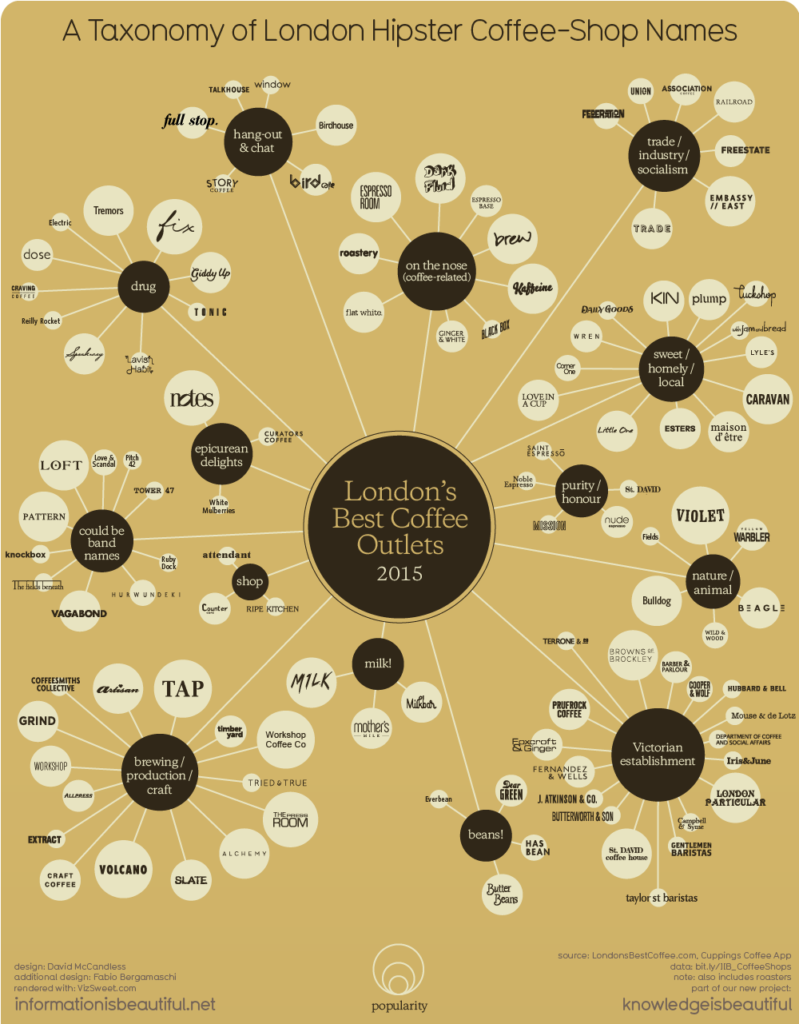
3. Entities on steroids: ontologies and graphs
Entities become even more interesting when they’re linked in meaningful ways. A pretty cool example is this knowledge graph of Harry Potter characters:
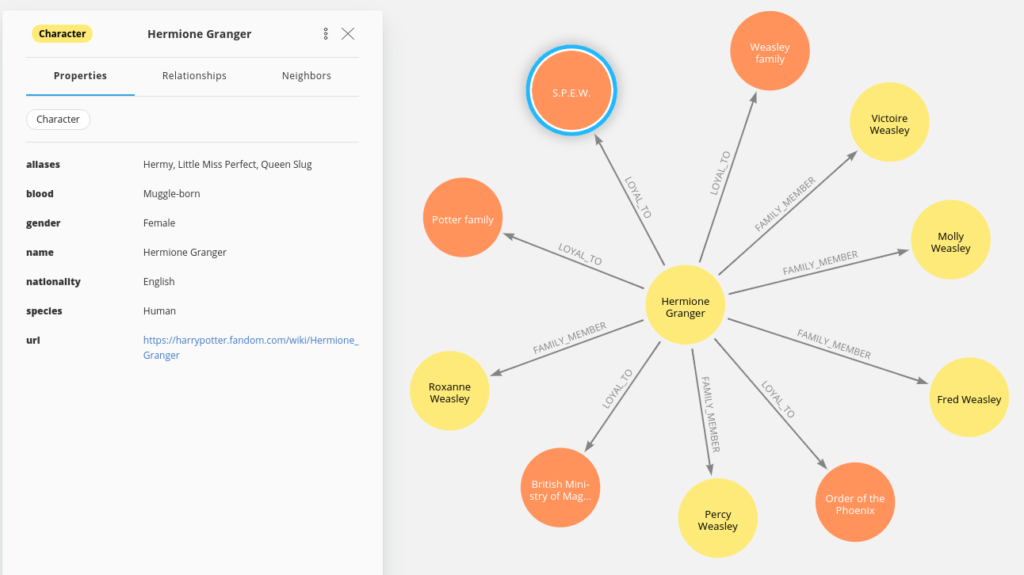
Can you imagine what you could do when you hook up one of these webs to your conversational interface and your users could start wandering throug such a graph using their own laguage? It could become the fundament of your conversational universe!
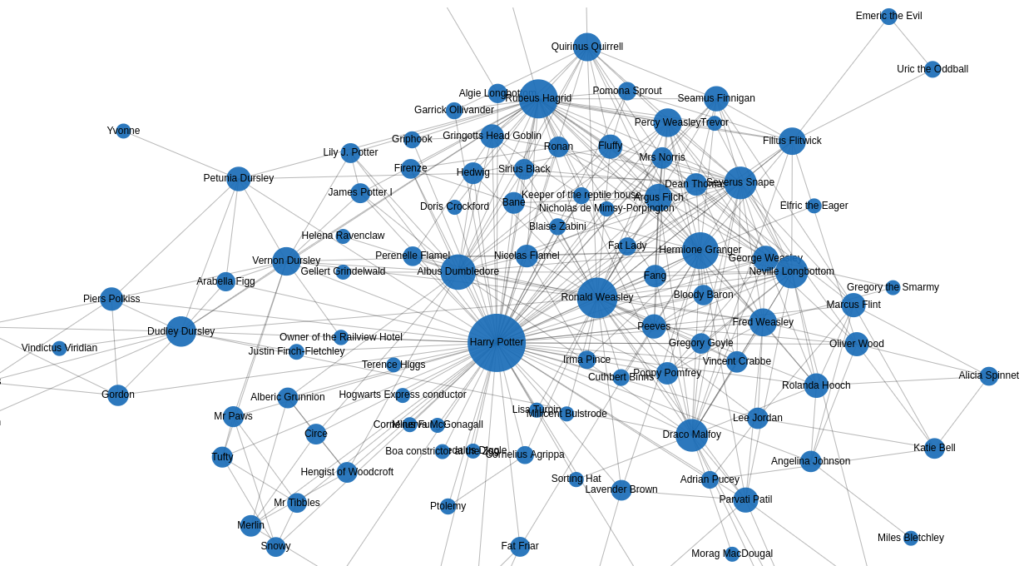
This particular knowledge graph was created with Neo4j (free playground and cloud environment here) and Spacy, an open source NLP toolkit.
Understanding how entities and entity-based models work, and perhaps even trying to build one yourself, not only is fun, but it’s a great way to train your system thinking skills too!
4. Building conversational teams
Organisation-wise, conversational AI is not exactly IT, but not exactly mainstream content either. So where does that fit in an organisation that’s used to working with Agile or scrum? How does a content lifecycle differ from a software lifecycle? And how does that affect the way you work as a conversational team? Do you put conversation designers and developers in one team? Do you split them? And how do you plan for that?

Organising and building conversational teams truly is a separate skill. I’ve seen IT scrum masters who struggled with the content aspects of developing a bot, like the large number of external dependencies. Likewise, content leads may be daunted by the more technological sides of building bots, like backend integrations, handovers, and machine learning.
So if you’re that conversation designer who has a foot in both worlds and understands people and processes, this is a great opportunity to grow. Translating Scrum to a conversational context especially, rather than trying to fit a conversational team into an IT scrum template, is something that I expect a lot of teams may need some help with.
5. Join the open source movement
If you attended Voicelunch Language and Linguistics last year, you’ll have seen a number of really interesting guests from the open source movement: Jan König from Jovo.tech, Josh Meyer from Coqui.ai, Hillary Juma from Mozilla Common Voice, and last week Thorsten Müller, who created his own voice data set.
These people for me a are a great examples of how the open source community makes available so many wonderful tools for us to work with. And by doing so, you’re contributing to a conversational ecosystem that is, and will remain, truly open and democratic. Plus…there’s some really cool hardware that you can run on open source, like Picoh, a cute little bot, and Mycroft, an open source smart speaker.
It’s not always easy to work with open source technology when you don’t have coding skills, since many of the platforms do run from the command line. But here’s where we can help too, by teaming up with developers and documenting how things work.
6. Spend this year on learning one of the big platforms
When I just started as a conversation designer, I tried to master each conversational AI platform that I thought I’d encounter in the near future. With the result that I knew a lot about the quirks and downright UX horrors of a handful of platforms, but still unable to rapidly start working with a new platform, or getting a sense of who was wrong when something didn’t work: me or the platform. I simply lacked the mental model of what a well-performing and reasonably well-designed conversational platform could or should do.
All that changed when I got the chance to work with IBM Watson. For the better part of a year, I consistently planned some personal learning time to really get to know the Watson ecosystem, and apply what I learned about NLU there. And that really payed off, even to the point that, when one of my clients wasn’t sure about the quality of their intent design, I could tell them that their design was OK, and I had data to back it up, right down to the level of which utterance might still be causing a bit of noise in the bot’s accuracy.
This year, I plan to follow that path with Microsoft Languge studio too, and I already love the things that I’ve seen there (check out the batch test results…love the insights that are available straight out of the box!).
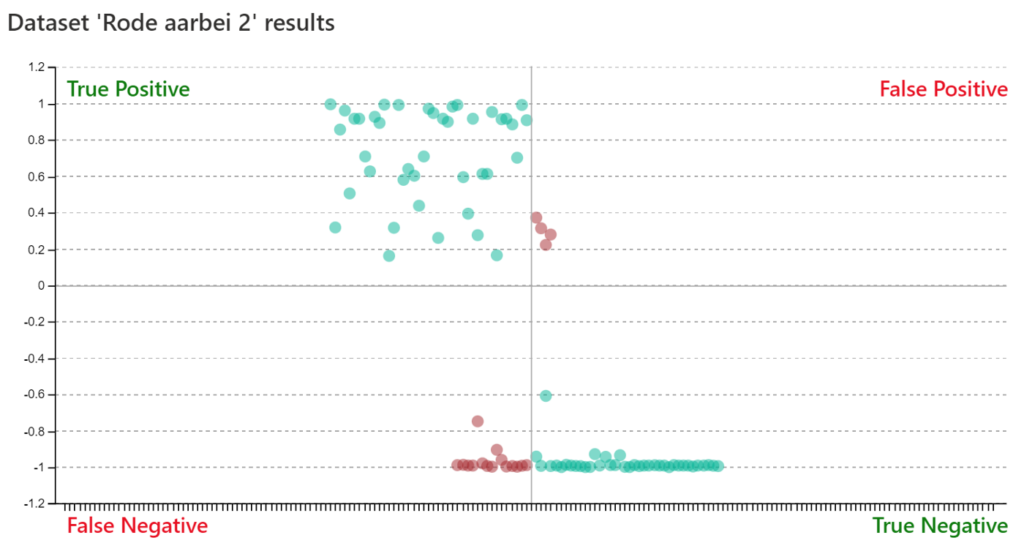
Consistently working with one big platform really gave me a solid reference of what a good conversational AI platform should be able to do. Which makes it much easier to learn new platforms fast, something that comes in really handy when you work as an independent contractor, like me.
7. So much to learn…But why choose?
Only two years ago, conversation designer jobs weren’t even advertised as such. Today, I see a different picture: companies are looking for conversation designers, conversational analysts, and even linguistis. As organisations grow in their conversational maturity, there’s an increasing demand for conversation designers that cannot only design flows and write great copy, but are able to advise, analyse and, to a certain extent, develop as well.
I think this is a great time for us to develop t-shaped profile: specialise in one or two particular conversation design skills and systems , and mastering skills that allow us to connect with people from neighbouring disciplines, like developers, researchers, marketeers, content strategists and omnichannel experts.
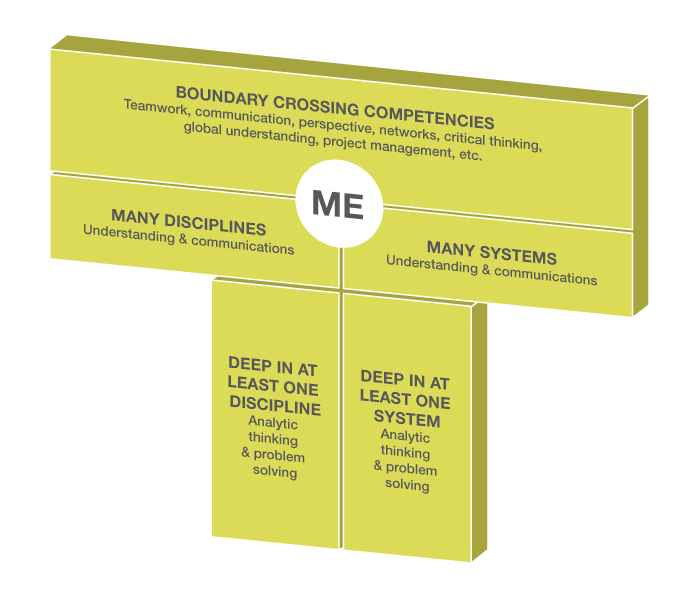
This doesn’t mean that you need to know everything about everything. Rather, it’s about learning to speak a common language that allows you to effectively work together with other people in your organisation.
For example, as a conversation designer who works with IBM Watson or Microsoft LUIS, I don’t need to know how to code myself. But it sure helps if I understand the basic architecture of those environments, can interpret a bit of JSON, and know how to set up a testing pipeline that allow me to do my NLU work without having to bother a developer all the time. At the same time, I can share my knowledge about language and linguistics with them, so they get a better understanding of how people use conversational interfaces.
Happy learning!
I know that 2022 for most of us didn’t start with the big sigh of relief and absence of Covid that we all wished for. But perhaps this article will spark something else: the joy of learning and the knowledge that that doesn’t have to end.





